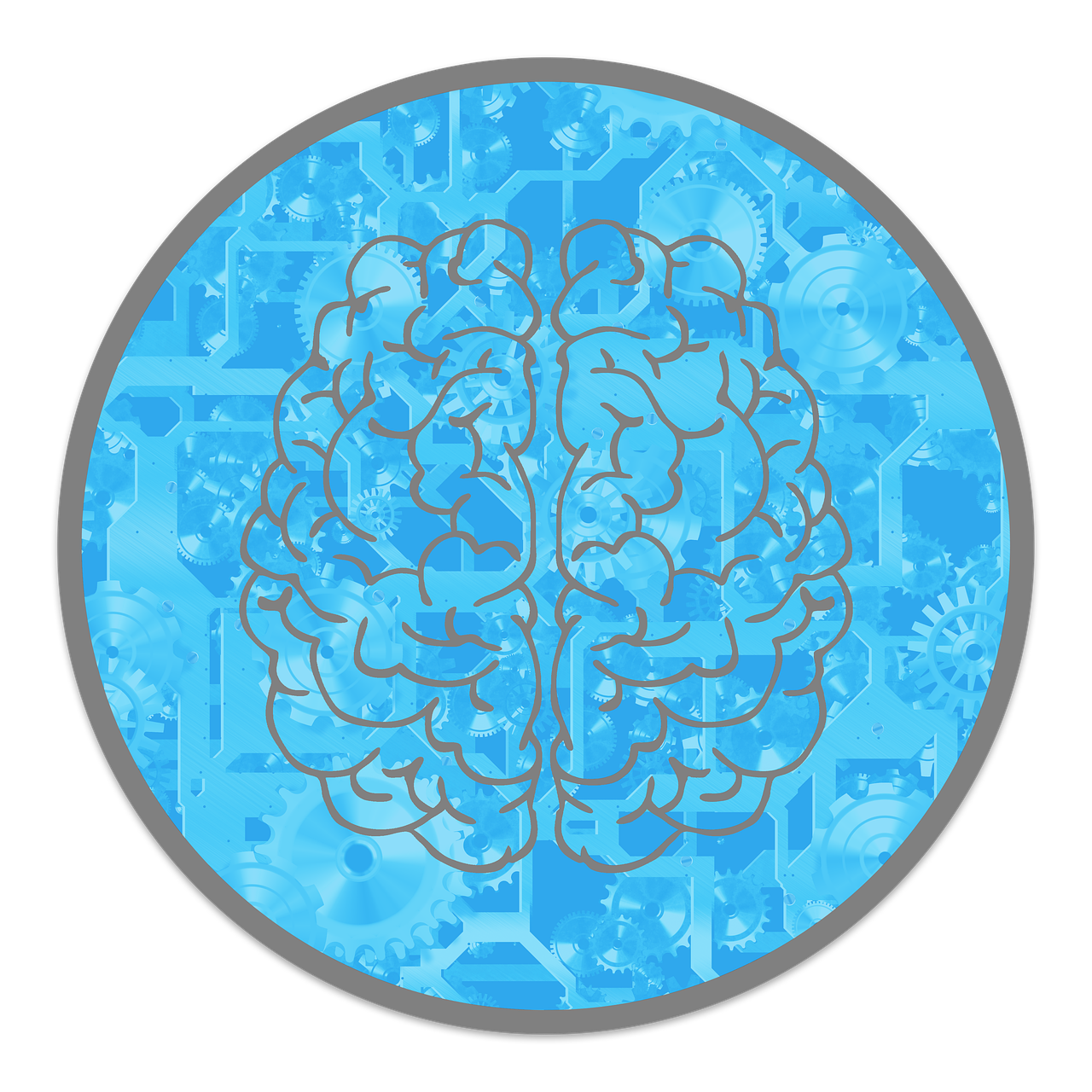
Classical conditioning is a fundamental concept in psychology that helps us understand how behaviors are learned through association.
Discovered by Ivan Pavlov, this learning process plays a crucial role in shaping behaviors, both in animals and humans.
By examining the principles and experiments associated with classical conditioning, we can appreciate its applications and implications across various fields, from psychology to advertising.
Discovery of Classical Conditioning
The discovery of classical conditioning dates back to the early 20th century when Russian physiologist Ivan Pavlov was conducting research on the digestive systems of dogs.
During his experiments, Pavlov noticed that the dogs began to salivate not only when food was presented but also when they heard footsteps of the lab assistant who brought the food.
This observation led Pavlov to explore the association between stimuli and responses, ultimately leading to the formulation of classical conditioning theory.
- Read also: What is Shaping in Psychology? An Overview About Shaping
- Read also: Psychology of Sales – The Secret How Sellers Encourage To Spend More

Core Principles of Classical Conditioning
Acquisition
Acquisition is the initial stage of learning when a neutral stimulus (NS) becomes associated with an unconditioned stimulus (UCS) to elicit a conditioned response (CR).
For example, in Pavlov’s experiments, the sound of a bell (NS) was paired with the presentation of food (UCS).
After repeated pairings, the bell alone elicited salivation (CR) from the dogs.
Extinction
Extinction occurs when the conditioned stimulus (CS) is repeatedly presented without the unconditioned stimulus, leading to the gradual weakening and eventual disappearance of the conditioned response.
For instance, if Pavlov continued to ring the bell without presenting food, the dogs would eventually stop salivating in response to the bell.
Spontaneous recovery
Spontaneous recovery is the reappearance of an extinguished conditioned response after a rest period.
Even after extinction, the conditioned response can suddenly re-emerge when the conditioned stimulus is presented again.
This indicates that the learned association is not entirely forgotten.
Generalization
Generalization refers to the tendency for stimuli similar to the conditioned stimulus to elicit the conditioned response.
For example, a dog conditioned to salivate to the sound of a bell might also salivate to similar sounds, such as a chime or a buzzer.
Discrimination
Discrimination is the ability to distinguish between the conditioned stimulus and other similar stimuli that do not predict the unconditioned stimulus.
This means the dog would learn to salivate only to the specific sound of the bell and not to other similar noises.

Key Experiments in Classical Conditioning
Pavlov’s dog experiments
Ivan Pavlov’s dog experiments are the most famous example of classical conditioning.
By pairing a neutral stimulus (a bell) with an unconditioned stimulus (food), Pavlov demonstrated that the dogs learned to associate the bell with food, leading to a conditioned response (salivation) when the bell was rung.
This experiment provided a clear example of how associative learning occurs.
Watson and Rayner’s little Albert experiment
In 1920, John B. Watson and Rosalie Rayner conducted an experiment to demonstrate classical conditioning in humans.
They conditioned a young child, known as Little Albert, to fear a white rat by pairing the rat with a loud, frightening noise.
Over time, Albert began to exhibit fear responses not only to the rat but also to other furry objects, illustrating the principles of generalization and the emotional impact of classical conditioning.
Applications and Implications of Classical Conditioning
Classical conditioning, a fundamental concept in psychology, has wide-ranging applications across various fields.
Its principles help us understand and address behaviors in psychology, sociology, and education.
Psychology
In psychology, classical conditioning plays a crucial role in understanding and treating various behavioral issues, including phobias and anxiety disorders.
Therapists use techniques derived from classical conditioning to help individuals overcome maladaptive responses.
One common approach is exposure therapy.
In this method, patients are gradually exposed to the objects or situations they fear in a controlled environment.
By repeatedly pairing the feared stimulus with a non-threatening experience, patients can learn to associate the stimulus with a calm response rather than fear.
This helps them unlearn their irrational fears and develop healthier coping mechanisms.
Sociology
Classical conditioning also provides insight into social behaviors and interactions.
In sociology, it helps explain how people develop certain attitudes or prejudices.
For instance, if someone has negative experiences with a particular group, they might develop an unfavorable attitude toward that group based on those experiences.
Similarly, positive associations with certain groups or experiences can lead to favorable attitudes.
Understanding these associations can be crucial for developing strategies to address and reduce negative social behaviors, promote inclusivity, and foster positive social interactions.
Education
In educational settings, classical conditioning principles are applied to enhance learning and memory.
Teachers often use techniques based on classical conditioning to create a positive learning environment.
For example, positive reinforcement—such as praising students for good behavior or academic achievements—helps reinforce desirable behaviors.
When students receive rewards or praise for their efforts, they are more likely to repeat those behaviors in the future.
This approach encourages a productive learning atmosphere and helps students develop good habits and a positive attitude toward learning.

Classical Conditioning in Everyday Life
Classical conditioning is a powerful concept that extends far beyond controlled laboratory experiments or clinical treatments.
It affects many aspects of our daily lives, shaping our experiences, behaviors, and even our preferences.
Advertising
One of the most common examples of classical conditioning in everyday life is in advertising.
Advertisers use classical conditioning to create positive associations with their products.
For instance, a commercial might pair a product with attractive images, upbeat music, or appealing scenarios.
Over time, consumers begin to associate the product with these positive stimuli.
When they see the product or think about it, they might feel good or excited, which can influence their buying decisions.
This technique taps into our automatic responses, making us more likely to favor and purchase the advertised product.
Formation of habits and routines
Classical conditioning also plays a role in how we form habits and routines.
For example, many people have specific routines that include certain behaviors or rituals.
If you always start your day with a cup of coffee while reading the news, you might begin to feel a sense of comfort or readiness to face the day whenever you have your coffee.
This routine creates an association between drinking coffee and starting your day positively.
Over time, this habit becomes ingrained, and you may find it hard to start your day without this routine.
This kind of associative learning helps in establishing regular behaviors and routines in our lives.
Everyday reactions and preferences
Our everyday reactions and preferences are also influenced by classical conditioning.
For instance, if you had a pleasant experience at a particular restaurant, you might develop a strong preference for dining there again.
The positive feelings you associate with the restaurant (such as good food, friendly service, and a pleasant atmosphere) become linked to the restaurant itself.
Similarly, if you have a negative experience with something (like a particular type of food or a specific situation), you might develop an aversion to it.
Contemporary Developments and Critiques
Modern applications
Classical conditioning is now a powerful tool in advertising and branding.
Companies use it to create strong, positive connections between their brands and enjoyable experiences.
For example, a brand might pair its product with cheerful music or appealing images in ads.
This helps consumers link the brand with good feelings, making them more likely to buy it and stay loyal.
Loyalty programs also use similar techniques to encourage repeat business by offering rewards that make customers feel positive about the brand.
Ethical considerations
Despite its benefits, classical conditioning can raise ethical issues.
Manipulating people’s emotions and behaviors through conditioning can sometimes be seen as unfair or manipulative.
For instance, if companies use sophisticated techniques to create false associations, it might pressure consumers into making purchases they don’t truly want or need.
It’s important for businesses to use these techniques responsibly, ensuring they respect consumers’ ability to make informed choices and avoid deceptive practices.

- Read also: The Psychology Behind Why People Spend Lots Of Money On Luxury Items
- Read also: Reverse Psychology – Complete Overview And How To Use it
Conclusion
Classical conditioning is a foundational concept in psychology that explains how behaviors are learned through associations.
From Pavlov’s groundbreaking experiments to its applications in modern advertising, classical conditioning has significantly shaped our understanding of learning and behavior.
By recognizing its principles, key experiments, and real-world applications, we can appreciate the profound impact of classical conditioning on various aspects of life.



